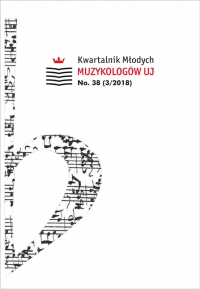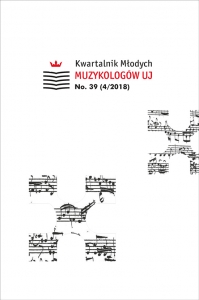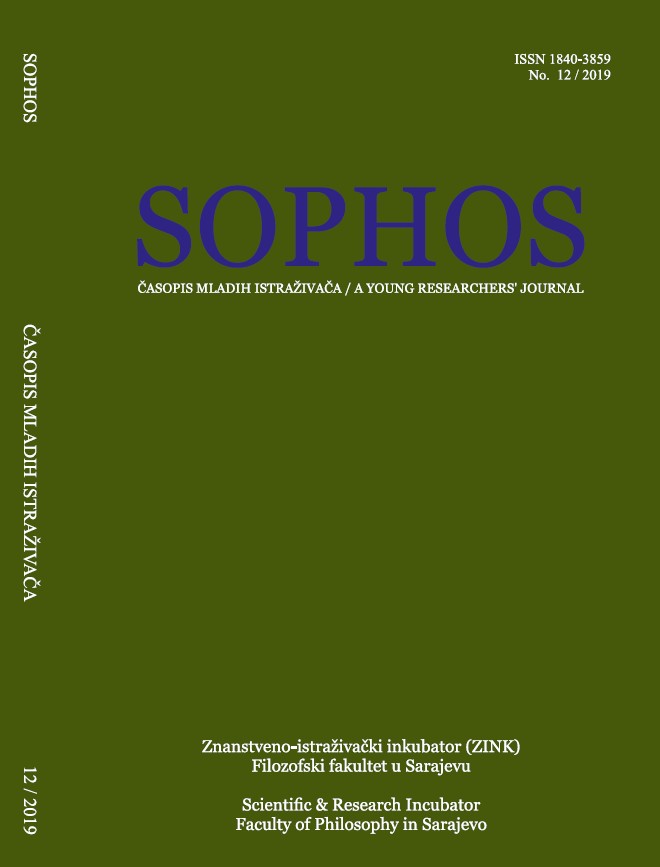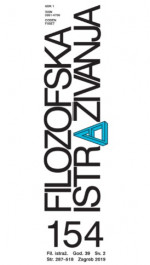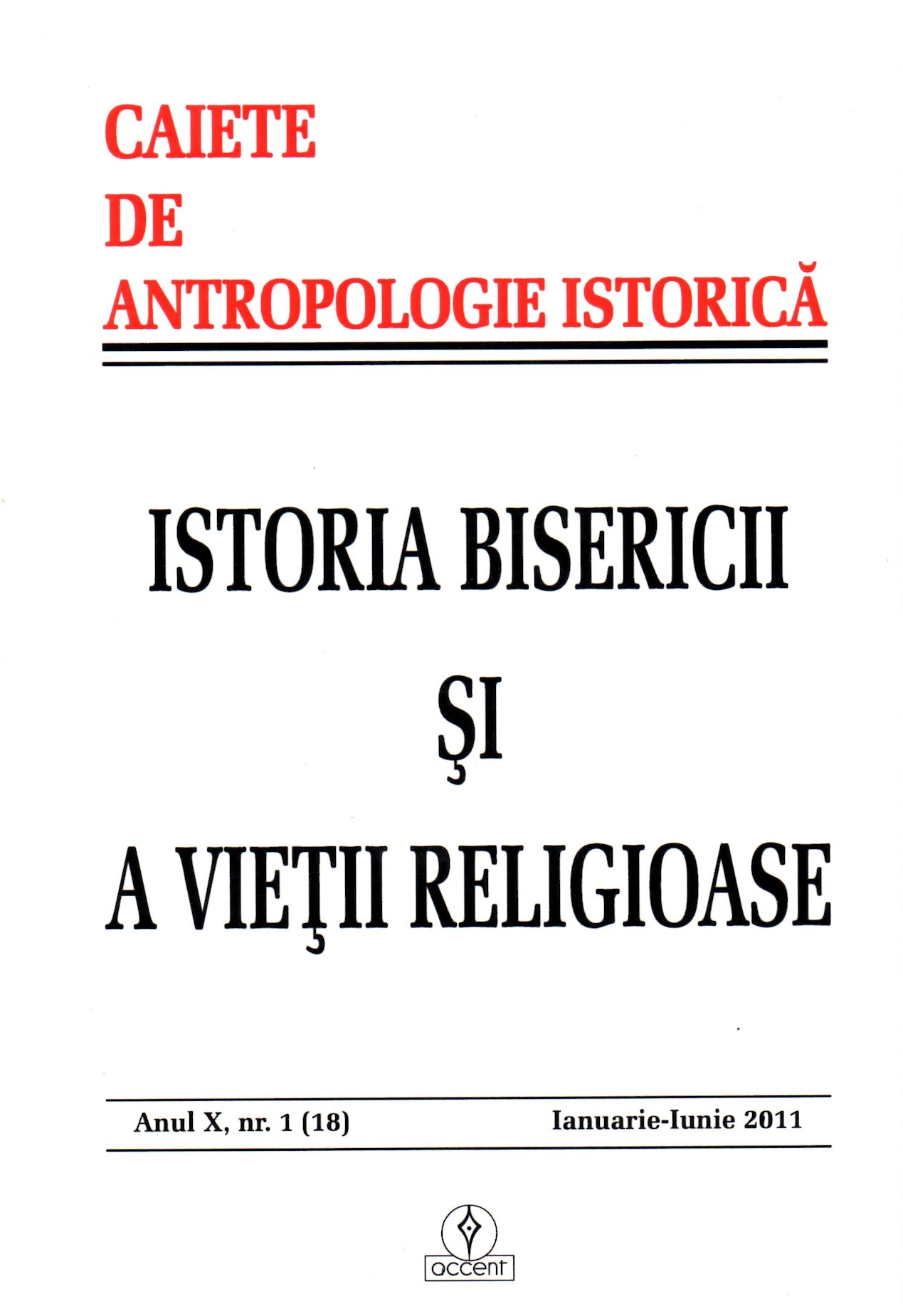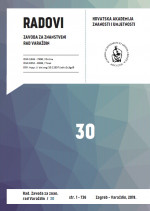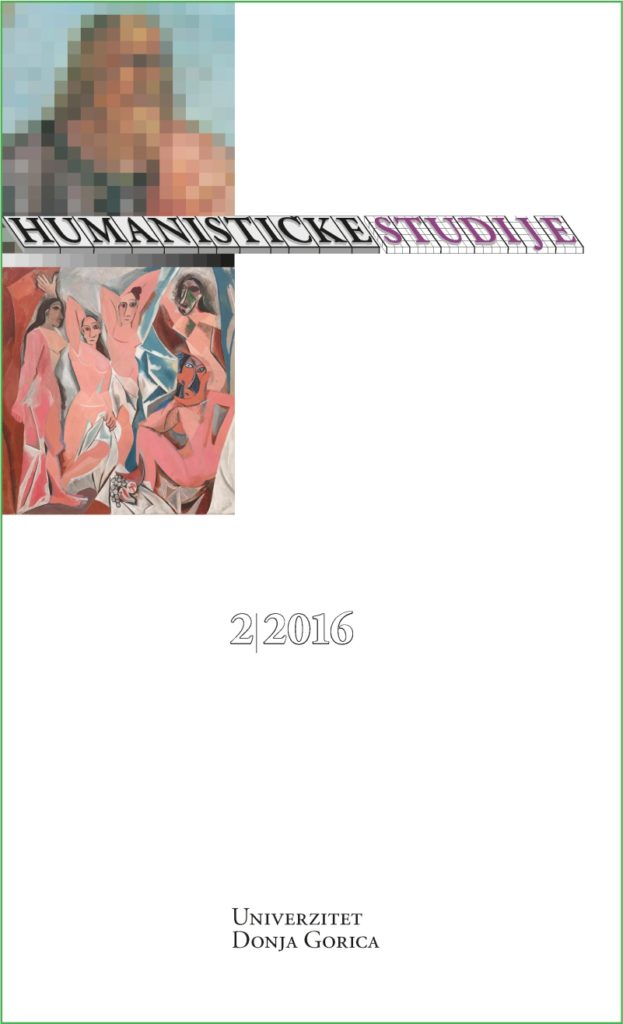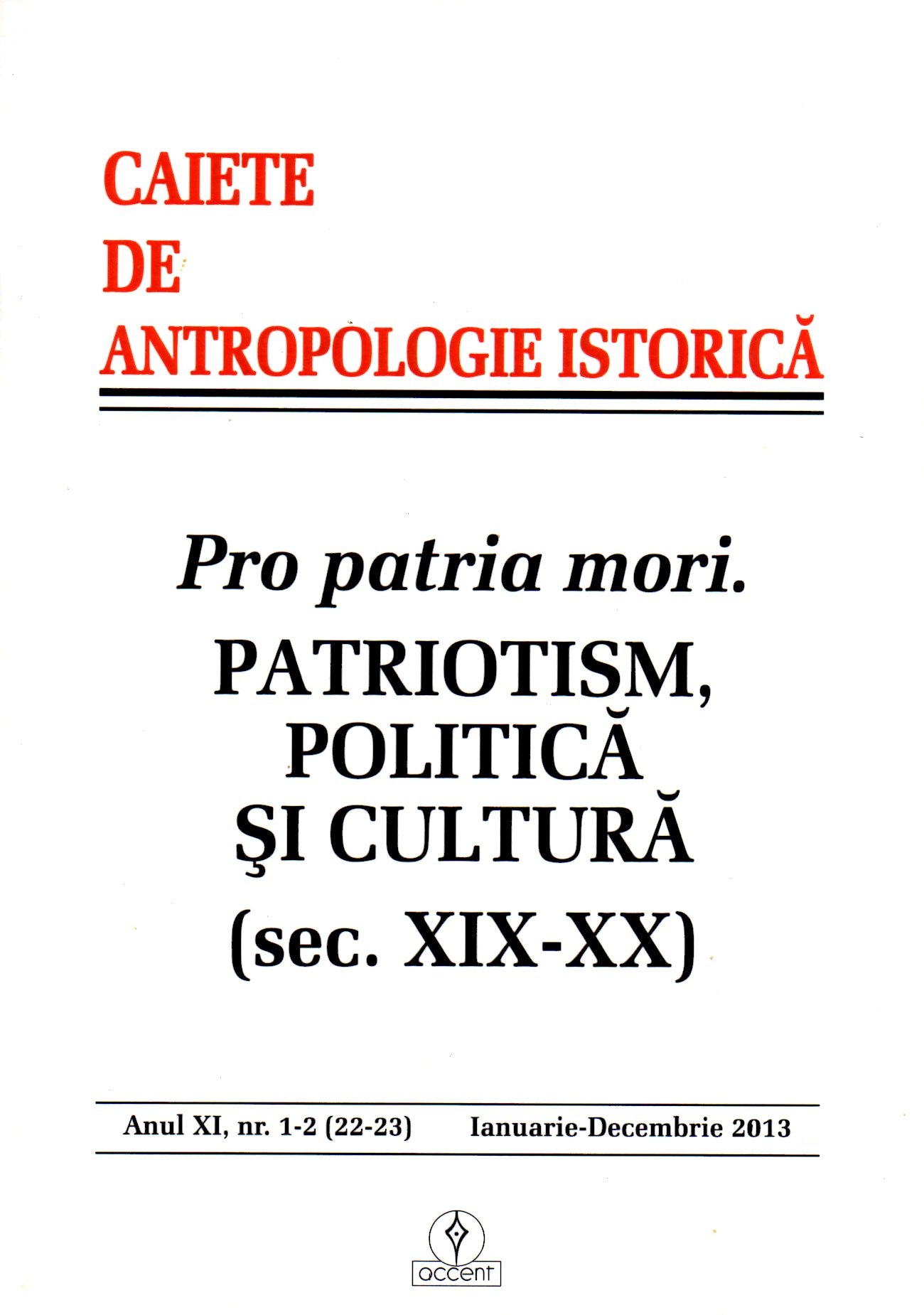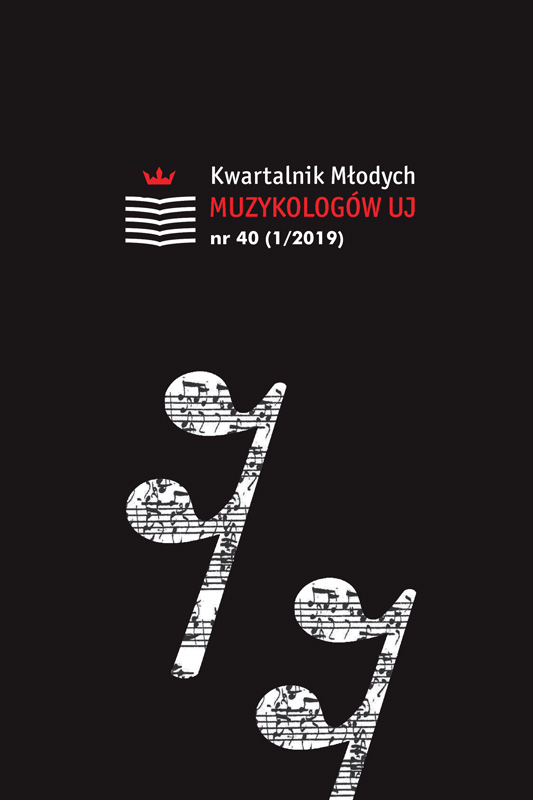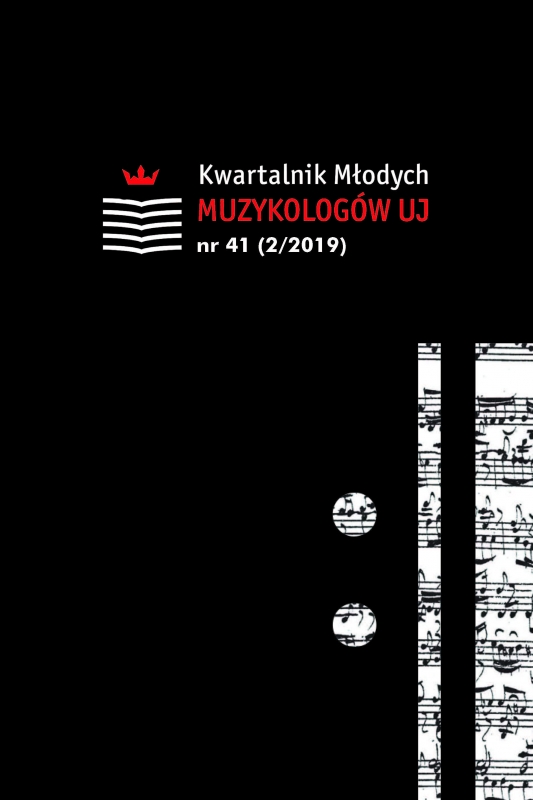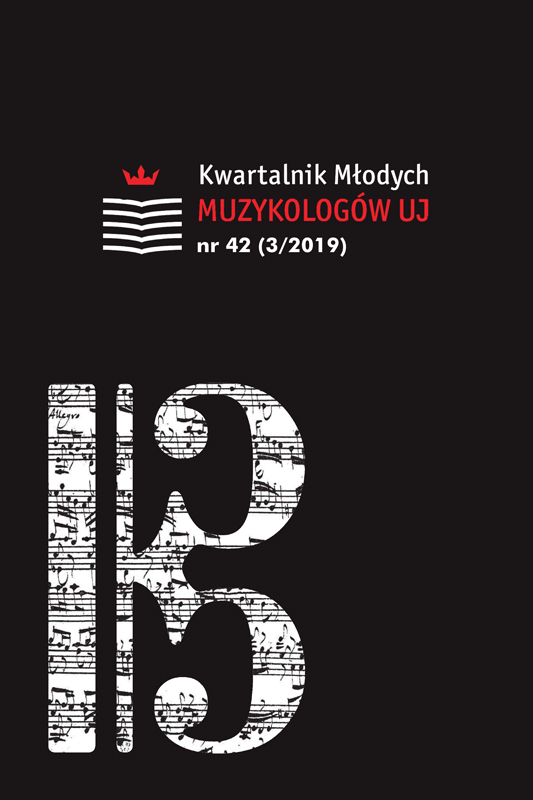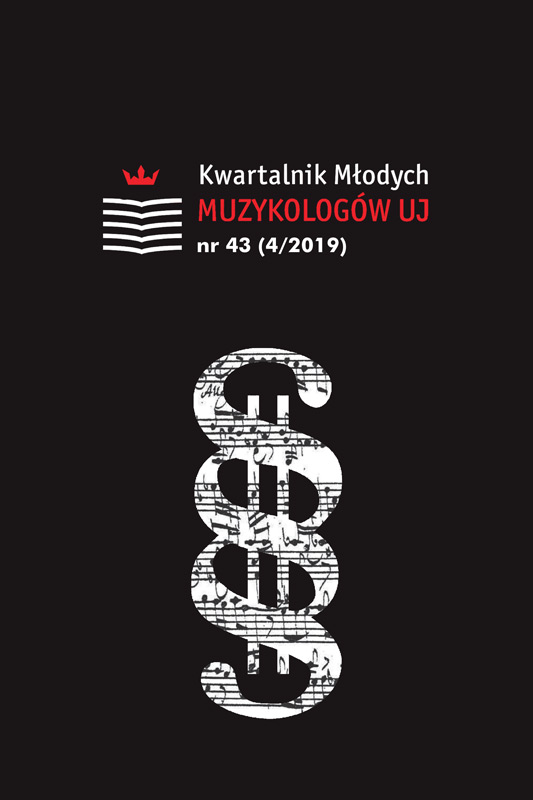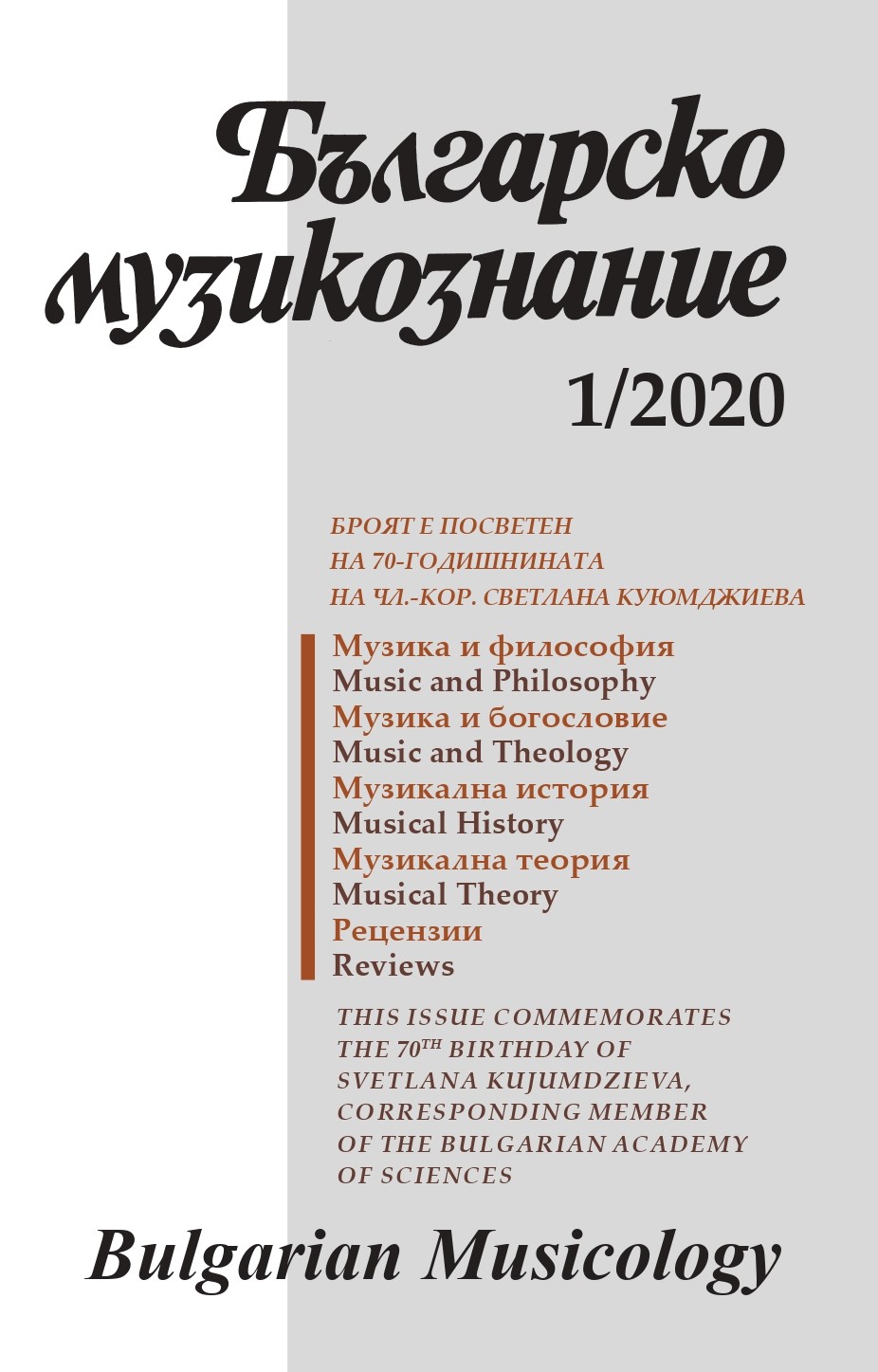CONTEMPORARY YOUTH GROUP CULTURES IN A TOWN IN WESTERN HUNGARY
The choice of the theme is interdisciplinary, drawing on the findings not only of ethnography and anthropology but also of sociology and musicology and offering new results for these disciplines. The researcher strives for a multidisciplinary approach and methodological diversity, focusing on questions which have not yet been studied or only to a very limited extent. The theme examined: how youth create their own culture and the micro world of their own group cultures based on music. She examines the values that prevail and the extent to which groups are distinct from each other and the previous generation. Both members of the age group and specialists dealing with youth (DJ, youth organiser) are interviewed. In contrast with the notion of “subculture” widely used in the social sciences, the author examines youth culture as group cultures equal in value, existing side by side and in the same time frame. The age group surveyed comprised 500 third- and fourth year secondary school students. Research methods: interviews, representative questionnaires; on the-spot observations. Group cultures analyzed: rocker, alternative, punk, skinhead, rapper, disco, raver, house. Structure: short outline of music and social history, presentation of the groups concerned, typological comparisons.
More...
